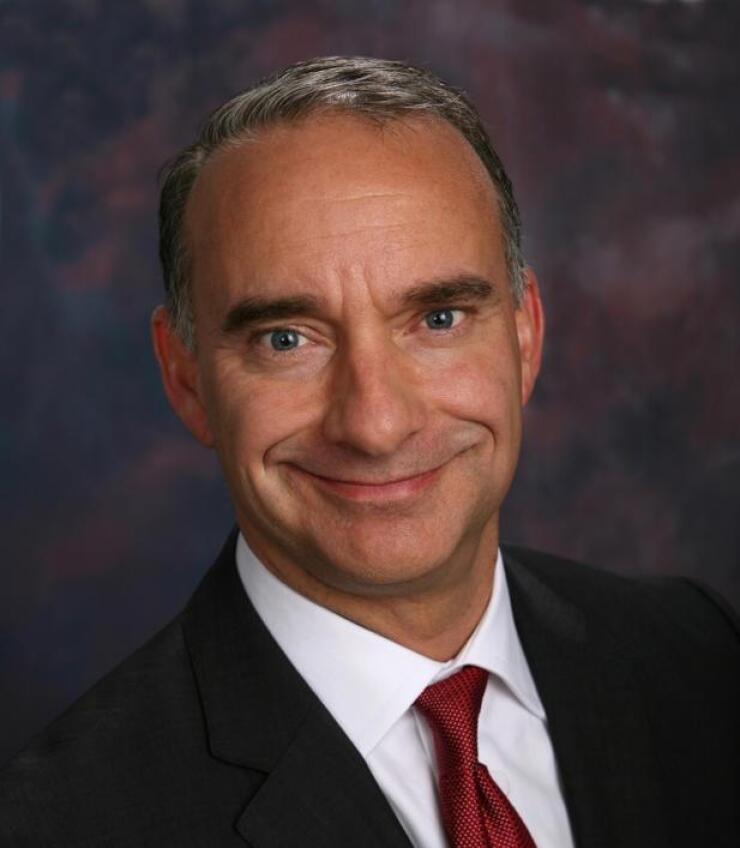Community banks are beginning to dust off their deposit-gathering playbooks and consider how they can attract and retain funding as the Federal Reserve continues to raise interest rates.
Since the financial crisis, the banking industry has been awash in liquidity, due to historically low rates and an overall slow economic recovery that spurred investors to keep their cash in banks. Tepid loan demand meant that banks could easily match funding to their lending needs.
But now competition for deposits is beginning to pick up as interest rates rise and loan demand improves.
“The impact of the rising rate environment is going to be a challenge for a lot of banks who just haven’t experienced it,” said Rolland Johannsen, a senior consulting associate at Capital Performance Group. “The jury is way out on what the rising rate environment will do from a liquidity perspective. We have no historical models to really anticipate how this will impact the funding mix.”

There are already “pockets of pressure emerging” for deposit pricing, according to Brian Zabora, an analyst at Hovde Group. Although deposit rates overall were continuing to rise at a similar pace as recent quarters, there were some areas, including rates offered by online banks and CD specials, that were accelerating, Zabora wrote in a recent note.
An analysis of six metro areas found that the number of special offers for 10- to 18-month CDs had increased a median of 33% from the beginning of the year to early December, Zabora wrote. Median interest rates for those CDs increased by 24 basis points over the same period.
It should come as no surprise that bankers are bracing for higher funding costs. There are opportunities for bankers to discover new ways and utilize old ones to bring in deposits at lower costs, industry experts said.
“We really haven’t found the magic bullet yet,” said John Depman, national leader for regional and community banking at KPMG.
Products will be an important tool. Those may include wholesale deposits, certificates of deposit and rewards programs.
Depman has seen many promotional programs from banks that are offering cash incentives for customers to open accounts and implement direct deposit. Lynn David, president of Community Bank Consulting Services, has several banking clients that are looking to offer bump-rate CDs, where a customer can change their interest rate one time during the duration of the investment if interest rates rise.
“We’re in an increasing rate environment so banks need to lock in longer-term CDs,” David said.
However, there are some disadvantages with relying on promotions and special rates as a way to attract deposits. These deposits may not be a long term stable funding source as customers are more willing to move their money if a better deal can be found elsewhere.
Because of those concerns, some banks are emphasizing their relationship banking as a way to retain their current customers and pick up new ones.
About a third of customers only have one product with their financial institution, David said. That provides ample opportunities for banks to deepen those relationships by enticing customers to bring their checking accounts over, he added.
“You earn customers’ trust by doing the right thing day in and day out,” said Joe Bartolotta, chief customer officer at North Shore Bank in Peabody, Mass. “That’s what we’ve been trying to do. When you do the right thing you are rewarded with loyalty.”
In the coming months, United Financial in Hartford, Conn., will launch United Business Lending Center, which will target small businesses with credit needs up to $2 million. The initiative will speed up and simplify lending decisions. That change will hopefully drive more of these customers to open checking accounts with the bank, said William Crawford IV, CEO of the $7 billion-asset United.
“Growing our checking accounts is very important to us,” Crawford said. “We are trying to protect our relationships from other banks running deposit specials. We are trying to avoid that game because you end up with a lot of price sensitive customers.”
Relationships are particularly important to commercial customers, said Michael Iannaccone, vice president at Plexus Financial Services. Interest rates are less likely to lure these customers, who may prefer to work with a certain bank because of their customer service or a specific lender.
“Banks are using more technology to gather deposits, including virtual branches and more aggressive social media tactics to lure people through mobile banking,” Iannaccone said. “But relationship banking is still needed to woo the no interest cost customer.”
Analytics have become an important component in banks being able to market products to certain customers. The larger banks have posted strong deposit growth and that can be at least partially attributed to the technology, including payments products for both retail and commercial customers, they have invested in, Johannsen said.
“The largest banks are able to offer value propositions that create more convenience and that are more interesting to a new group of customers,” Johannsen said.
It can be expensive for a bank to originate and then manage smaller dollar business loans. But improved back office technology and processes is making it possible for United to launch its lending center, Crawford said. If the institution had tried to grow that business with its existing technology and processes, “there was no way we could do it,” Crawford said.
“We would hire more people to manage it than we could ever make at it,” he added. “You have to find a place where you think you can compete and have some kind of edge. Being able to offer strong technology is important. But at the end of the day, you must drive a great customer experience.”





